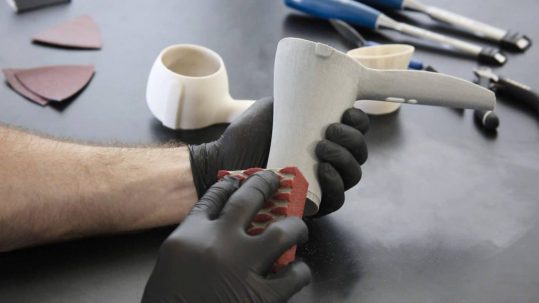The primary technique for manufacturing parts in substantial quantities is injection molding. This method is highly beneficial for generating large volumes of a specific item.
Producing larger quantities requires significant resources and investment in equipment and production process management. For smaller-scale production or limited series of parts, 3D printing is best suited. It is also the most cost-effective.
In this case, you will only have to pay for the 3D printer and the materials. In fact, you don't even need to invest in equipment, but order production from companies that specialize in 3D printing. Here the possibilities are even greater, as you can review the price offers and choose the most suitable one for you.
This option is suitable for smaller mines that are looking for cost optimization without the need to buy equipment and are looking for a smaller quantity for their product. 3D printing reduces risks and also makes it possible to change the design of your product easily, quickly, and cheaply.

